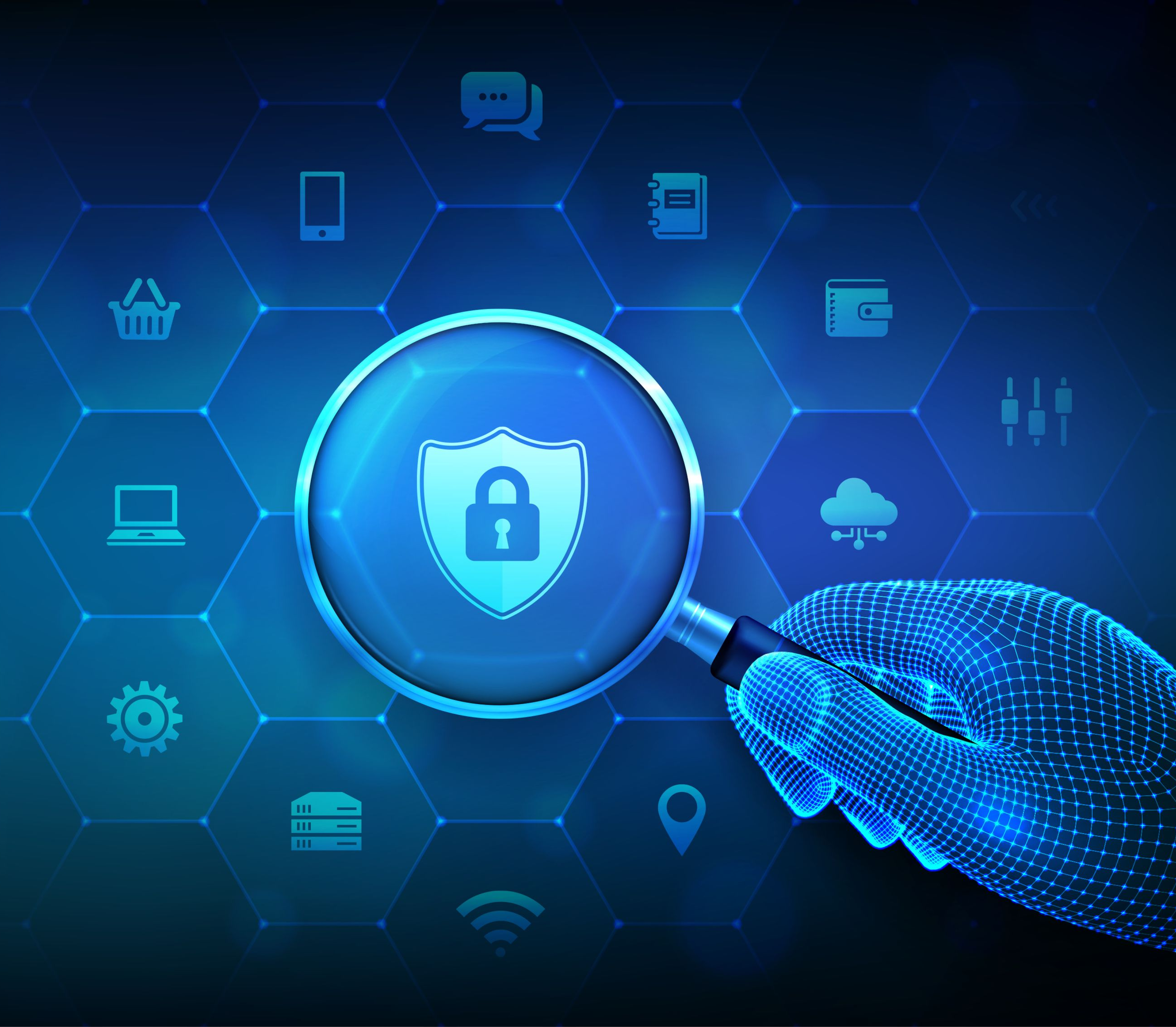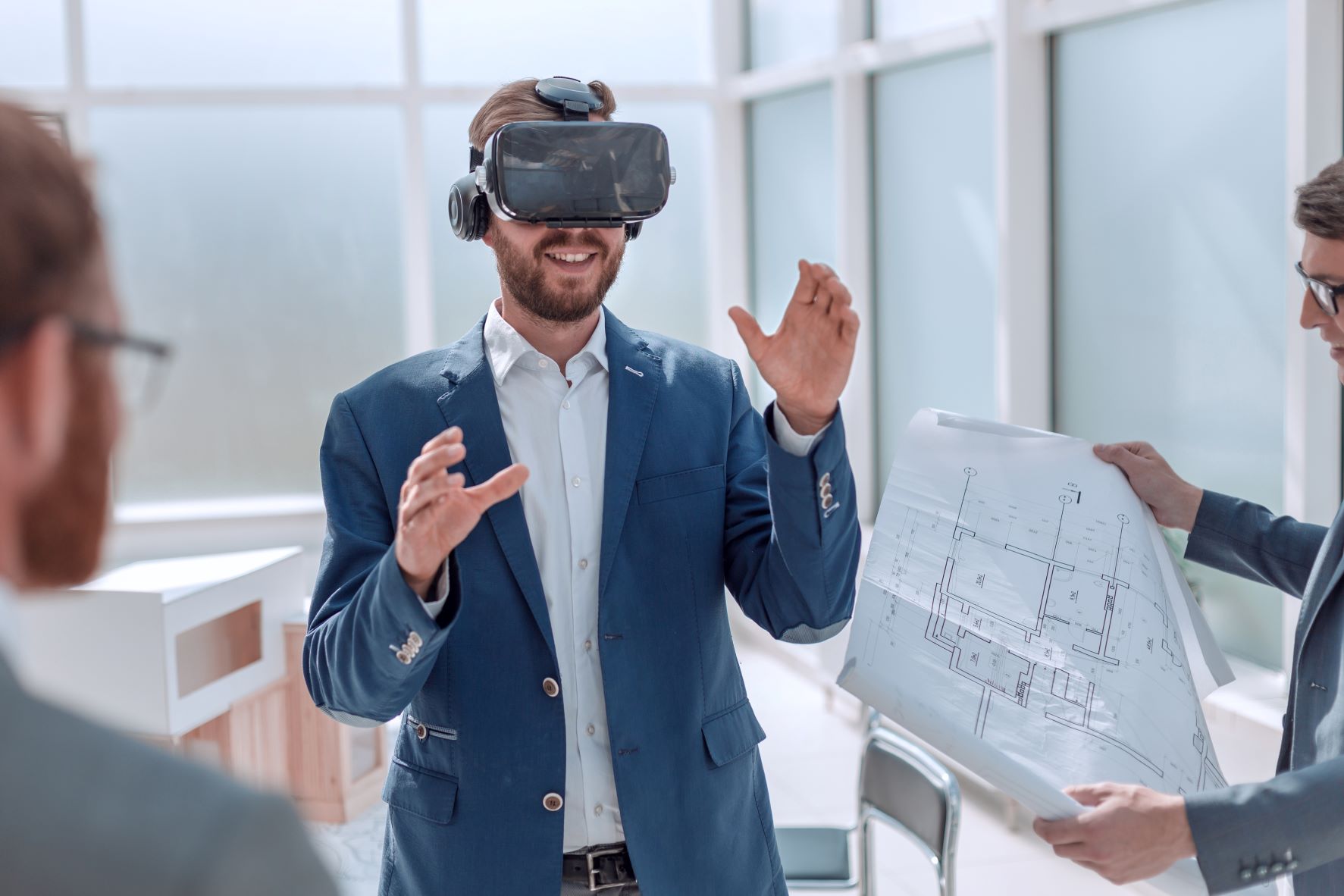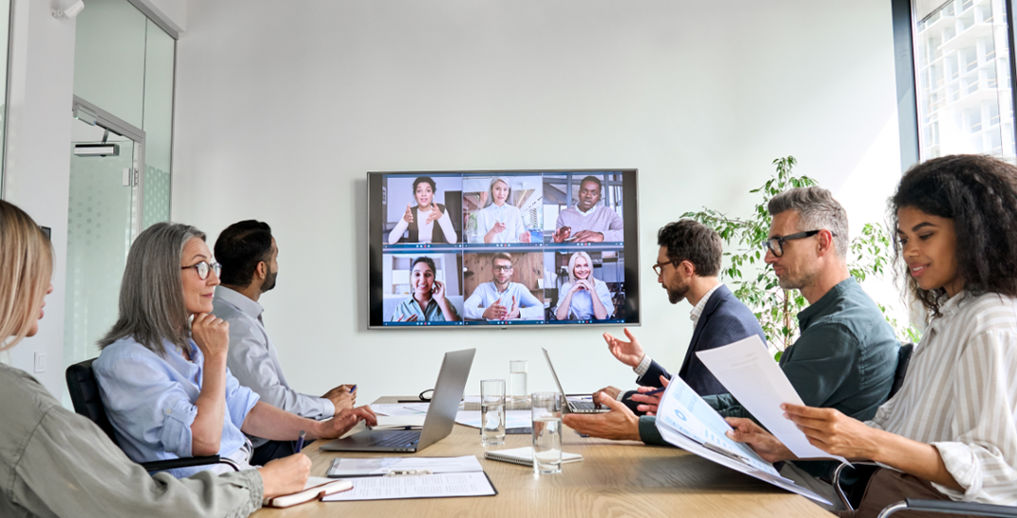Like nearly all technology, Digital Signage continues to evolve. Over the last decade, Digital Signage has changed from the “luxury item that replaced the dry erase board and the bulletin board” to large-scale displays that engulf Times Square, Dubai, Tokyo, and Las Vegas. Knowing this, we must ask ourselves, “Where does it go from here?”
Digital Signage has been moving head-first into the interactive space to help increase efficiency, reduce overhead, and enhance the user experience. As discussed in “The Rise of Touchless Technology,” interactivity has moved from touchscreens to QR codes and gesture interactions.
As we continue to see retail shops hoping to drive customers back into their brick-and-mortar stores and corporations looking to bring workers back into the physical office, they all look for the overall “experience.” One of the most common things heard recently on videoconferences are employees saying, “Well, I can do this at home.” A way to combat this is to help make their experience more personal. This can be done through Digital Signage.
Personalization of Digital Signage
We’ve talked about the Rise of Touchless Technology and the use of embedded QR codes in retail spaces. Still, we haven’t touched on the use of APIs and Bluetooth and RF signals to help personalize a person’s Digital Signage experience. Theme Parks have been utilizing this type of experience for nearly a decade. Using RFID chips in a wearable, the customer could see their name on a Digital Signage display, welcoming them to the park or attraction. Taking this and extending it to attractions where gameplay was involved, the Display at the end of the attraction would show the customer’s name and their final score.
Since data collection has become a daily occurrence in our lives, retail organizations are attempting to find ways to create APIs to take that data and implement into the user experience via digital signage. Imagine walking into a store and having a Digital Signage display light up with a video of a virtual attendant greeting you to the store. They call you by name, and using information they’ve collected from past store experiences, both online and in-store, they ask if you’re there to purchase specific products. Wouldn’t that make you feel you’ve been heard and that the retail store understands your needs? That’s the incredible part of digital signage capabilities.
Now, expand that consumer experience to the corporate space because it’s well understood that many technology breakthroughs start in the consumer space and then move to the corporate space. Why? Because we experience things on an everyday basis at home that we then want to see in our professional life.
Corporations can utilize those same consumer experiences to help drive the workforce back into the office, which we all know is extremely important in this post-COVID world. Think of walking into your company’s headquarters, a large multi-floor building, where the lobby engulfs you in glass windows and walls. Straight ahead is a large transparent video wall, greeting visitors, showing advertisements for your company, or even the ever-popular lobby waterfall. You walk into the building, and scan your badge, which then sends a communication to the video wall to greet you for the day. Wouldn’t that make you feel like you were important to that organization?
These personal experiences help increase revenue for retail organizations and employee retention for those businesses and corporations across the globe.
Facial Recognition
An extension of that personalization is Facial Recognition. Digital Signage applications have started to incorporate facial recognition into their use case because, as discussed in the Rise of Touchless Technology, people are hesitant to use the “touch-based” interactivity. Plus, who doesn’t want to see their beautiful mug on a large digital signage display?
Facial Recognition works by incorporating cameras within the housing of the display. The cameras capture the person’s face and then work in tandem with applications to display information about that person on the display.
Imagine walking into your favorite coffee shop, and you’re standing in front of the ordering kiosk while it scans your face and then displays your name and asks if you want your favorite drink order. Add a little voice recognition where you say “yes” and your order is placed. You just wait for someone to call your name, pick up your drink and you go about your day. It’s taking the mobile ordering app and extending it to the in-store experience.
All this is possible and is already happening in our daily lives. Facial recognition is already used for security on mobile devices. Voice recognition is used in your home via your Smart Home speakers. If you use it at home, why not take it to your favorite store or your workplace.
The next time you’re at a store or a corporate center, look around at the Digital Signage, think about what they’re doing and then think about what they can be doing with Digital Signage to make the user experience more personal and efficient.
Digital Signage is no longer just a tool for sharing information but is now a necessary part of the user experience, and as we continue to move toward the days when the children who grew up with mobile devices, social media, and STEM education, we will continue to see innovative ways to incorporate Digital Signage into our world.
Contact New Era today to learn more at solutions@neweratech.com.

 Canada
Canada Australia
Australia New Zealand
New Zealand UAE
UAE United Kingdom
United Kingdom




